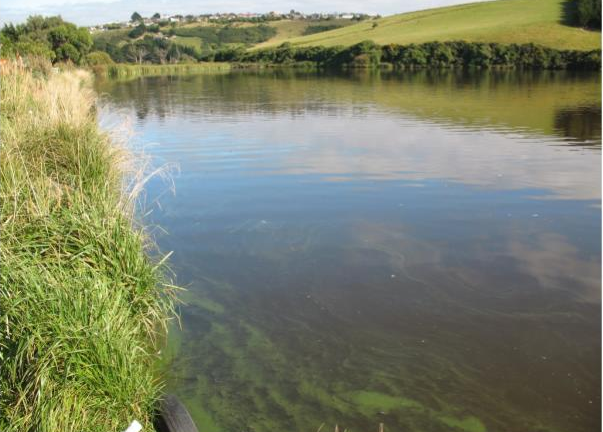As part of weekly water quality monitoring, the water sample collected yesterday returned a high level of cyanobacteria from the upper Tomahawk lagoon.
Signs have been placed at the lagoon today to warn the public of the risks associated with the blue-green algae.
Cyanobacteria can produce toxins that are harmful to humans and animals if swallowed or through contact with skin. Exposure to cyanobacteria may cause symptoms such as skin rashes, nausea, tummy upset, and tingling and numbness around the mouth or tips of fingers.
Anyone experiencing health symptoms after contact with contaminated water should visit their doctor. Southern DHB Medical Officer of Health can be contacted on (03) 476 9800 to provide health professionals with information about those symptoms.
Cyanobacteria occur naturally but can increase rapidly during summer months. If the water is green or has floating bright green or blue scums, all contact should be avoided. Not all cyanobacterial blooms are visible to the naked eye and toxins can persist after the bloom has disappeared. Otago Regional Council will continue to monitor and update the public as the bloom changes.

File image: Cyanobacteria in Upper Tomahawk Lagoon. March 2014.
Cyanobacteria Fact Sheet:
https://www.orc.govt.nz/media/2647/blue-green-algae-fact-sheet.pdf
For more information please contact:
Rachel Ozanne Environmental Resource Scientist ORC Ph 0800 474 082
Communications contact
Sian Sutton Director Stakeholder Engagement
Ph 0800 474082 or 027 575 1799 Email: sian.sutton@orc.govt.nz
